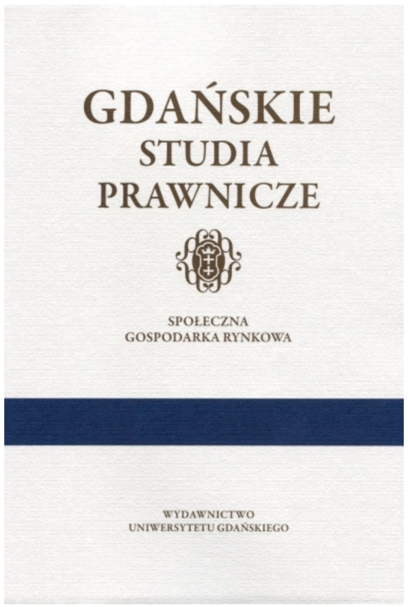Geneza i współczesne tendencje rozwojowe skandynawskich instytucji parlamentarnych
Origin and the contemporary development trends of Scandinavian parliamentary institutions
Author(s): Marian GrzybowskiSubject(s): Political history, Government/Political systems, Developing nations, Social development
Published by: Wydawnictwo Uniwersytetu Gdańskiego
Keywords: Constitution; World War I; Scandinavian parliamentary system;
Summary/Abstract: The origin of Scandinavian parliamentary systems (in Denmark, Sweden and Norway), which have been formed evolutionary, can be traced in the gradual emancipation of the government (initially treated as the group of trusted advisers and assistants of the monarch) from the control of the monarch and binding their political profile with the current composition of the parliamentary majority .It is worth noting that the nineteenth-century constitutional acts (Swedish Act on the Form of Government of 1809, the Constitution of Norway of 1814, which is still in force,and finally the Constitution of Denmark of 1849) did not petrify noticeably the dependence of the government and its policy on the parliamentary factor. The ,,parliamentarization” of the system of government mainly proceeded praetar legem fondamentalem .Creating a clear parliamentary majority was difficult because of the complex internal structure of national parliaments. Its simplification in the course of parliamentary reforms was a factor contributing to the ,,parliamentarization” of the form of government. It was aimed to facilitate decision-making processes and to take a coherent stand on important issues of state policy against the monarch and the government. In Norway, there was also an important national factor. While the Norwegian Storting was perceived by the Norwegian as the representative of the Norwegian people, the king, who was residing in Stockholm surrounded by predominantly Swedish environment and reigned till the break of the personal union in 1905 was treated in Norway as an external factor, in a sense a stranger. The ,,parliamentarization” of the system of government in Norway was - at the same time - a process of the ,,Norwayization” of the government authority. In a way, it explains its earlier origin - for the cut-off date the events of 1884 shall be considered.In Denmark and Sweden, the actual ,.parliamentarization” of the system of government became stable immediately after World War I (its reflection can be already seen in the Danish Constitution of 1915). The later relatively stable prevalence of social-democratic parties in Sweden and Denmark (and to some extent also in Norway) influenced the political homogeneity of the majority in the parliamentary terms of office in Denmark, Sweden and Norway. It also resulted in the stability of the ruling elites supported by consolidated parliaments. The real impact of the monarch on long-term processes, but also the current policy (regardless of respect for the institution itself) was gradually decreasing. This trend was revealed praeter legem and only in Sweden it was expressed in the new Act on the Form of Government of 1974.
Journal: Gdańskie Studia Prawnicze
- Issue Year: 2014
- Issue No: XXXI
- Page Range: 281-303
- Page Count: 23
- Language: Polish

